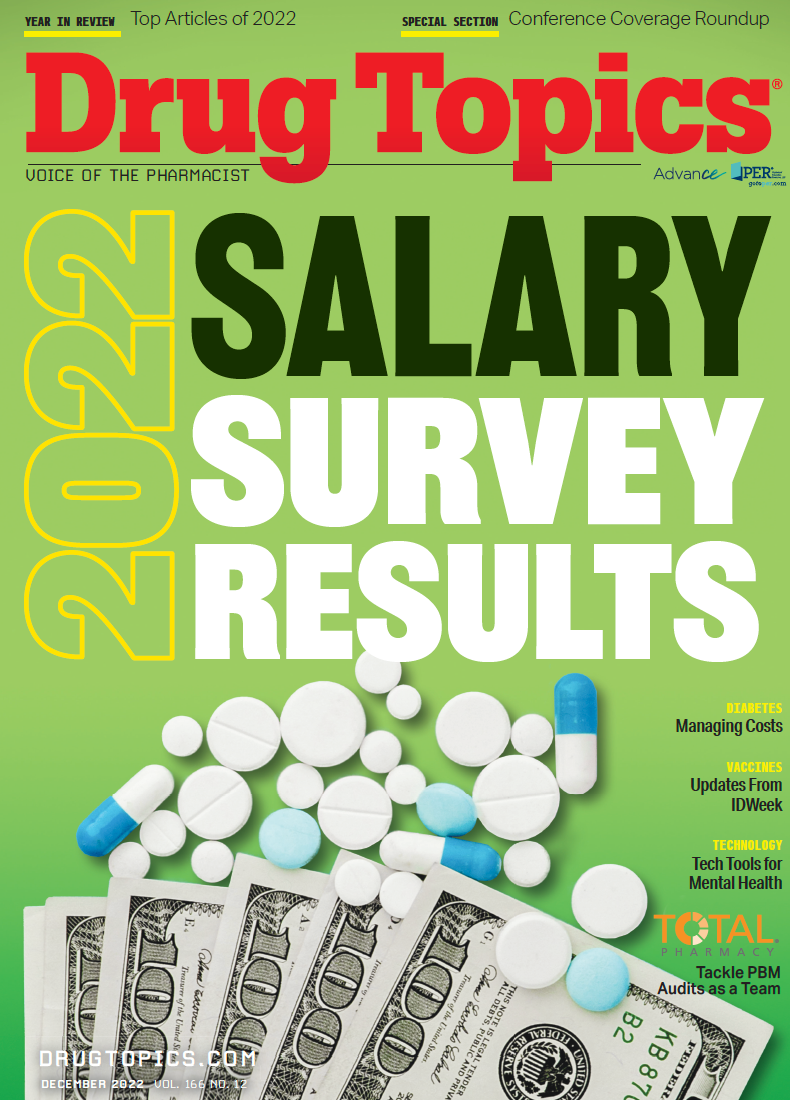Spotlight on Pediatric COVID-19 Vaccines
After multiple approvals and emergency use authorizations, It’s time to take stock of the state of pediatric COVID-19 vaccines.
Pediatric COVID-19 vaccination is an important step to protect people, and parents of young children had to wait until summer 2022 to finally get a primary vaccine series for their child. A session1 on pediatric COVID-19 vaccines, presented at IDWeek 202—held October 19 to 23 in Washington, DC—looked at how we got to this point, vaccine efficacy, and offered an update on myocarditis, which had been a concern of many parents.
Evan Anderson, MD, professor of pediatrics and medicine at Emory University School of Medicine in Atlanta, Georgia, addressed some of the biggest COVID-19 misconceptions—and then did some mythbusting:
Myth: Children and teenagers don’t get infected with SARS-CoV-2. Fact: 18.4% of US cases have occurred in children.
Myth: Children and teenagers don’t get hospitalized for COVID-19. Fact: 162 per every 100,000 children have been hospitalized, which is more than other vaccine-preventable diseases like influenza and hepatitis A.
Myth: Children and teenagers don’t die from COVID-19. Fact: 1484 children have died of the disease, which is also more than other vaccine-preventable diseases.
Myth: COVID-19 is just an inconvenience for families and children. Fact: COVID-19 has had a major impact on pediatric development, education, and mental health.
Pediatric studies of the vaccines were necessary, but Anderson noted that pediatric trials were only possible after Phase 1 clinical trials concluded in adults.
However, a major hurdle with the vaccine is the poor uptake; only 6.9% of children aged 6 months to 4 years have received a single vaccine dose. First doses have been administered to 38.6% of children aged 5 to 11 years and to 71.1% of teenagers aged 12 to 17 years. Booster dose uptake remains low for both of the older age groups.
Anderson also noted that vaccine hesitancy was underappreciated as a hurdle and is now the biggest barrier negatively impacting vaccine uptake. Additionally, he emphasized that young children should be kept in mind with programs to improve vaccine uptake.
The question of vaccine efficacy in children during the Omicron variant is also top of mind for many. Ruth Link-Gelles, PhD, MPH a CDC epidemiologist in Atlanta, Georgia, noted that a third vaccine dose offers significant protection against both symptomatic infection and emergency department or urgent care visits in pediatric patients aged 5 to 17 years. Efficacy looks similar between children aged 5 to 11 years and 12 to 15 years, but significant waning of efficacy against a symptomatic infection was seen. Efficacy of the Moderna and Pfizer/BioNTech vaccines in children younger than 6 years and 5 years, respectively, can’t be properly assessed because coverage is too low, Link-Gelles explained.
One of the biggest concerns for families around the pediatric COVID-19 vaccine was the risk of myocarditis. Matthew Oster, MD, MPH a pediatric cardiologist at Children's Healthcare of Atlanta, Georgia, explained the epidemiology of myocarditis before the COVID-19 era, which showed that myocarditis was more common in boys, with the highest incidence in children aged 15 to 18 years, with a gradual decrease after that age.
Most cases of COVID-19-related myocarditis follow the “good” outcome path for the condition: chest pain as the main clinical presentation, a sharp rise and then decline of troponin, and absence of any abnormalities on an electrocardiogram. The CDC has been studying the long-term outcomes of myocarditis following vaccination through surveys. Three months after a case of myocarditis, 81% of cardiologists or health care providers said that the patient was fully or probably recovered. Further research is being carried out.
One of the biggest responses to vaccine-related myocarditis concerns was that infection carried an even higher risk. A CDC report looking at cardiac complications after a SARS-CoV-2 infection and COVID-19 mRNA vaccination found that boys aged 12 to 17 years of age has 2 to 6 times the risk of heart complications after infections versus a vaccination. For men aged 18 to 29 years, that the risk climbed to 7 to 8 times the risk following infection.
The overall benefits of vaccination have been shown to outweigh the risks, especially when you think beyond just the cardiac stuff,” Oster said in closing. “Even those who don't get hospitalized, long COVID is a very real thing.”
Reference
- Anderson E, Link-Gelles R, Oster M. Pediatric COVID-19 vaccines. Presented at: IDWeek 2022; October 19-23, 2022; Washington, D.C.
